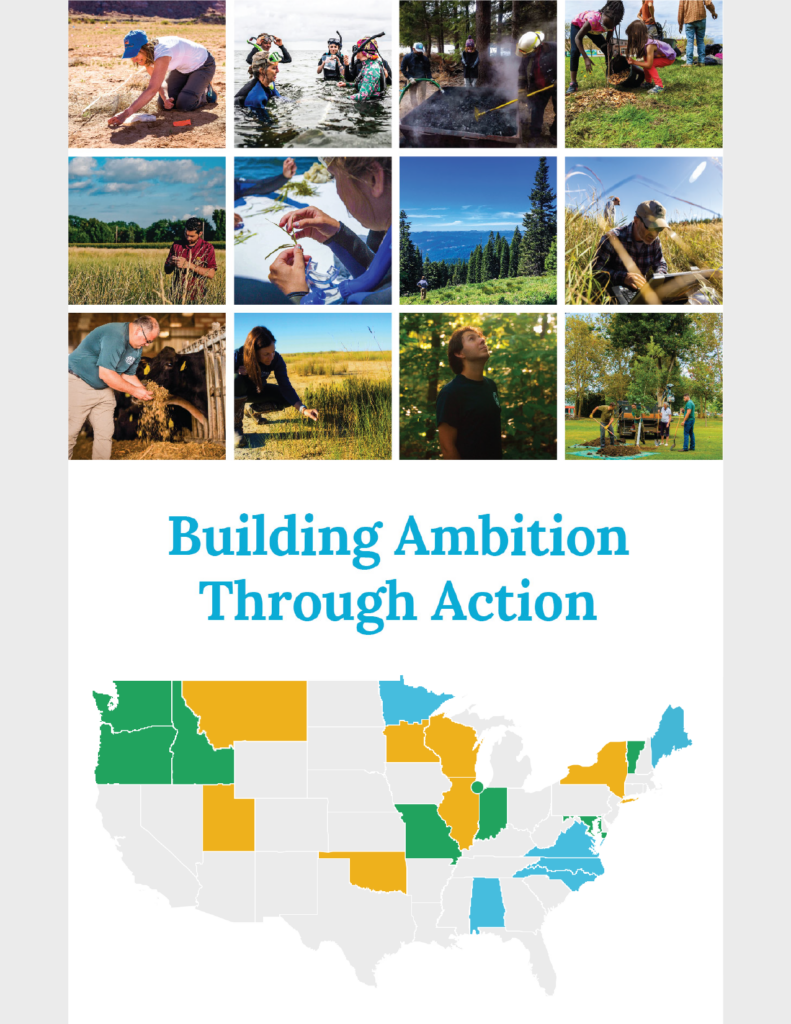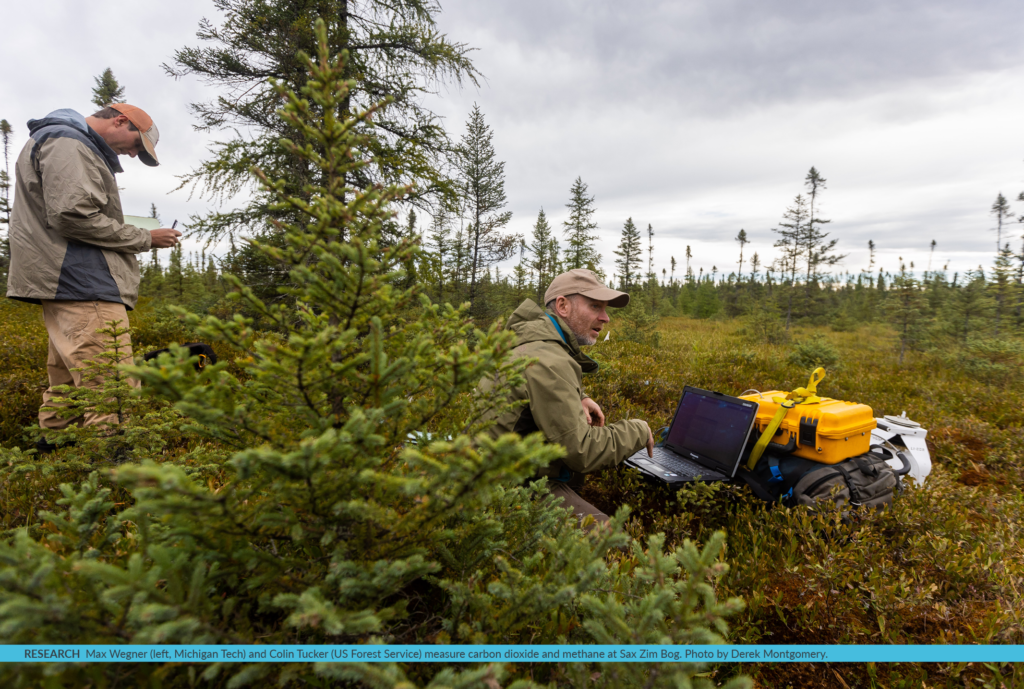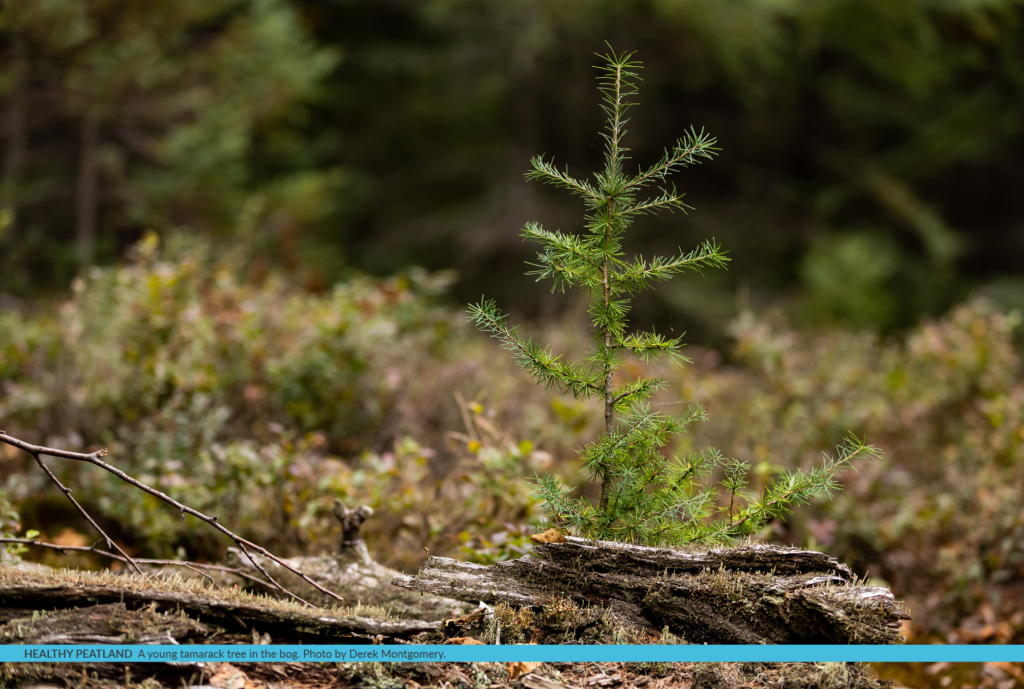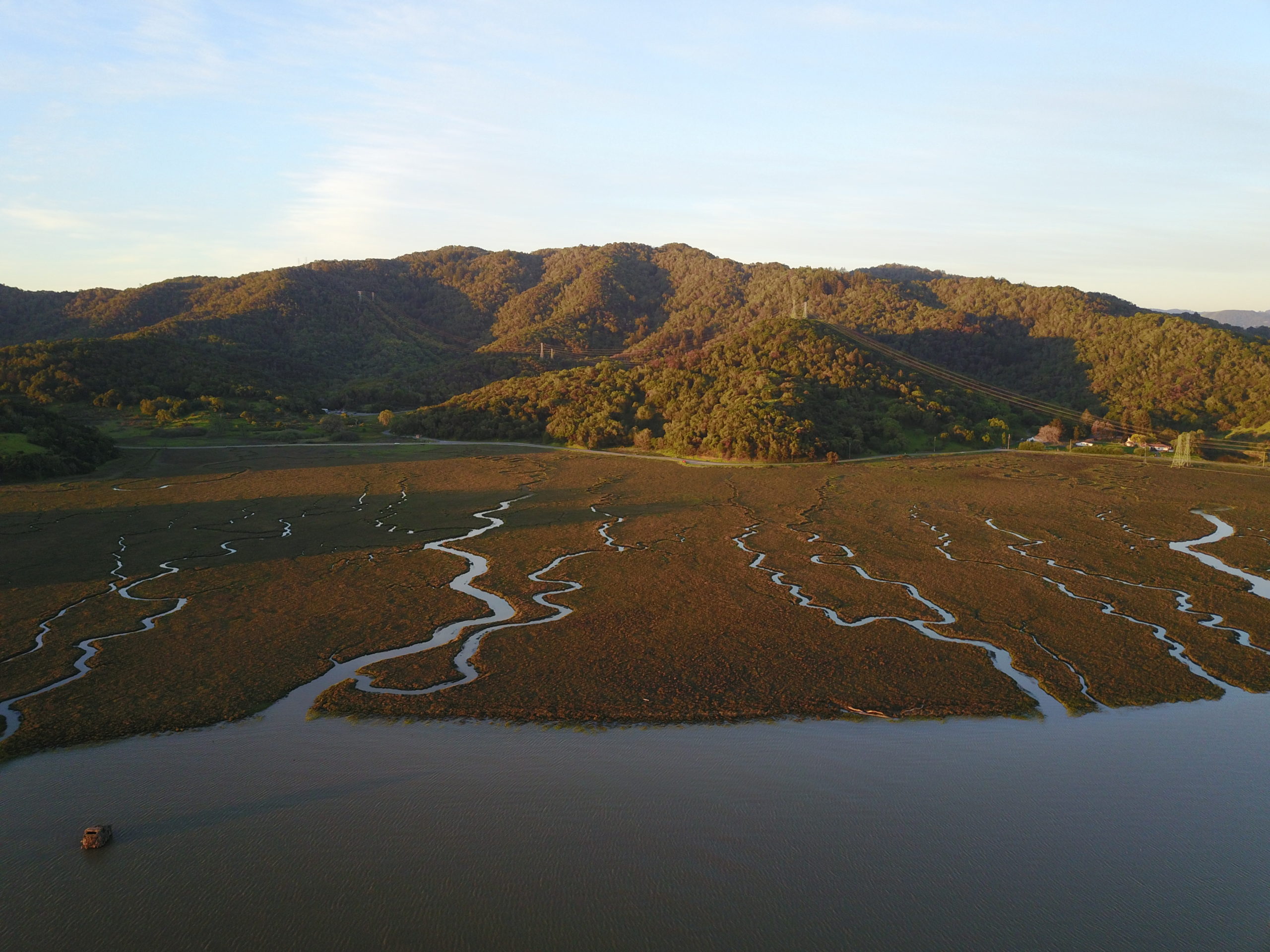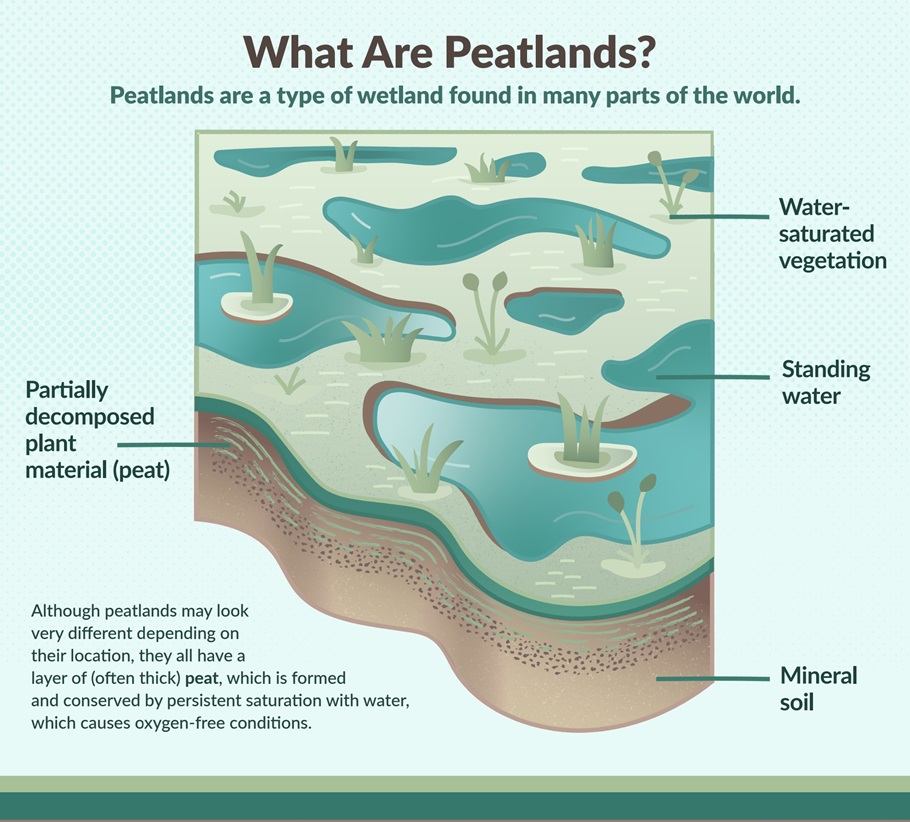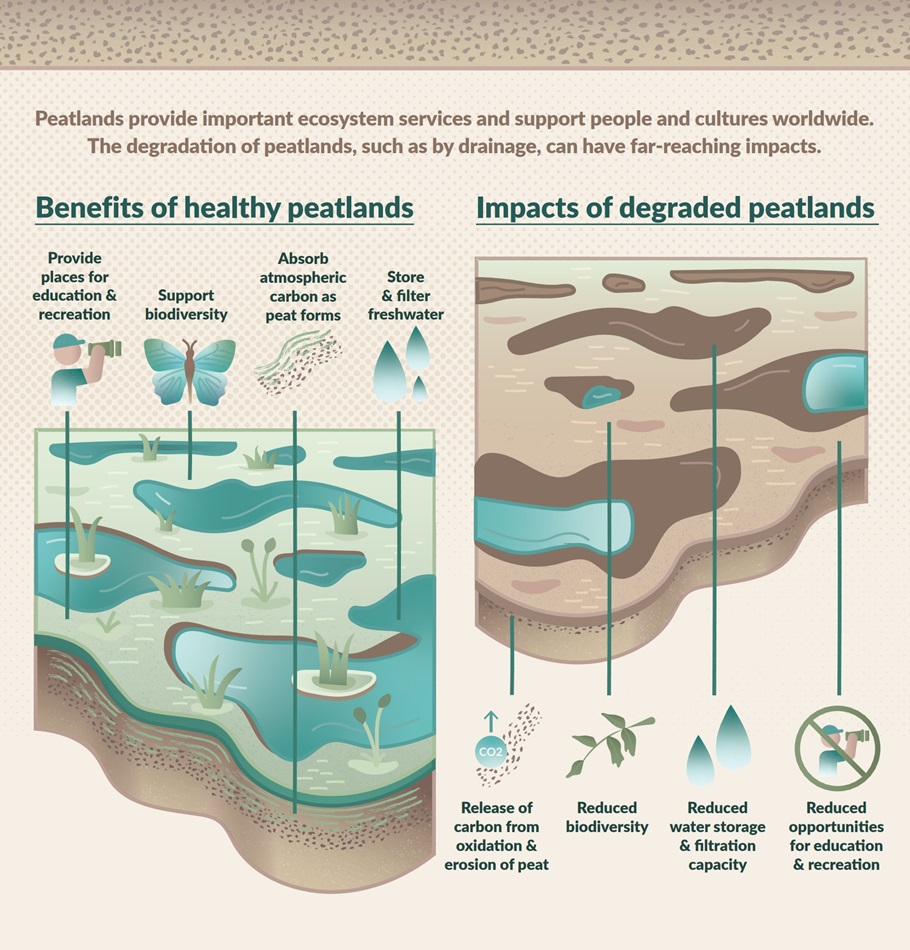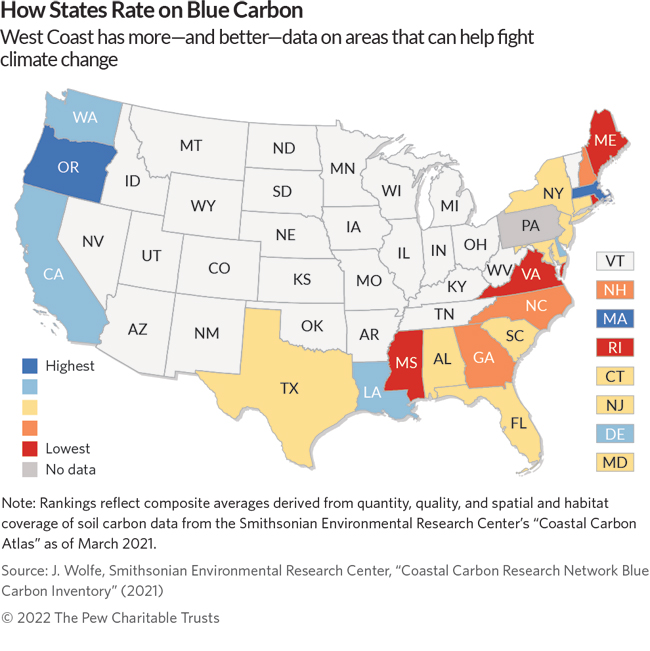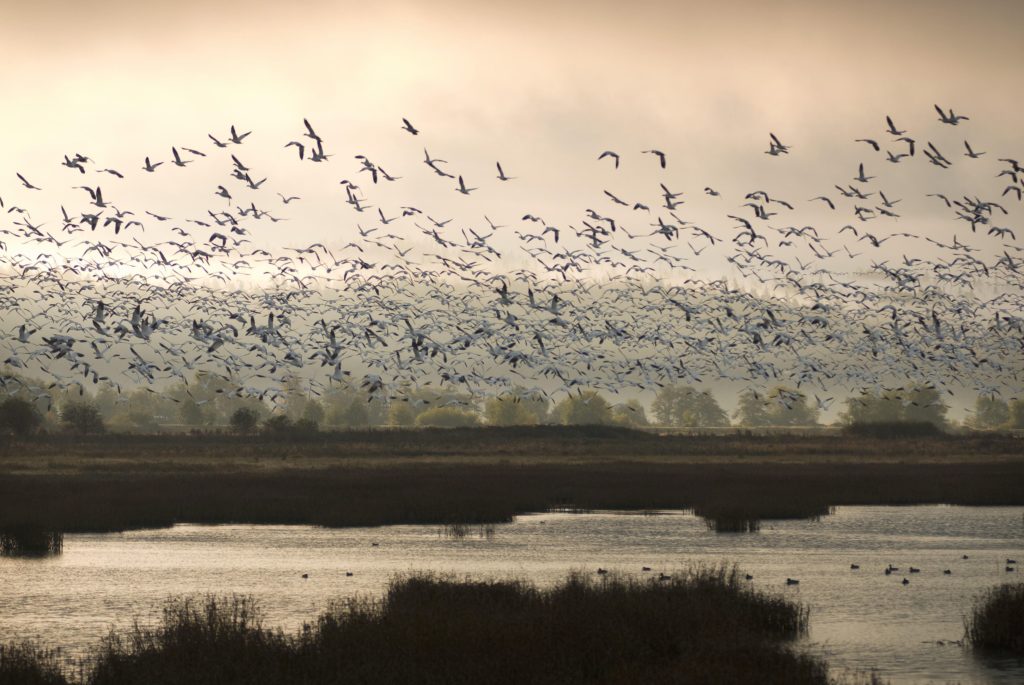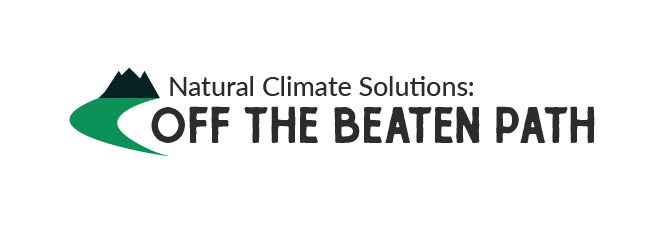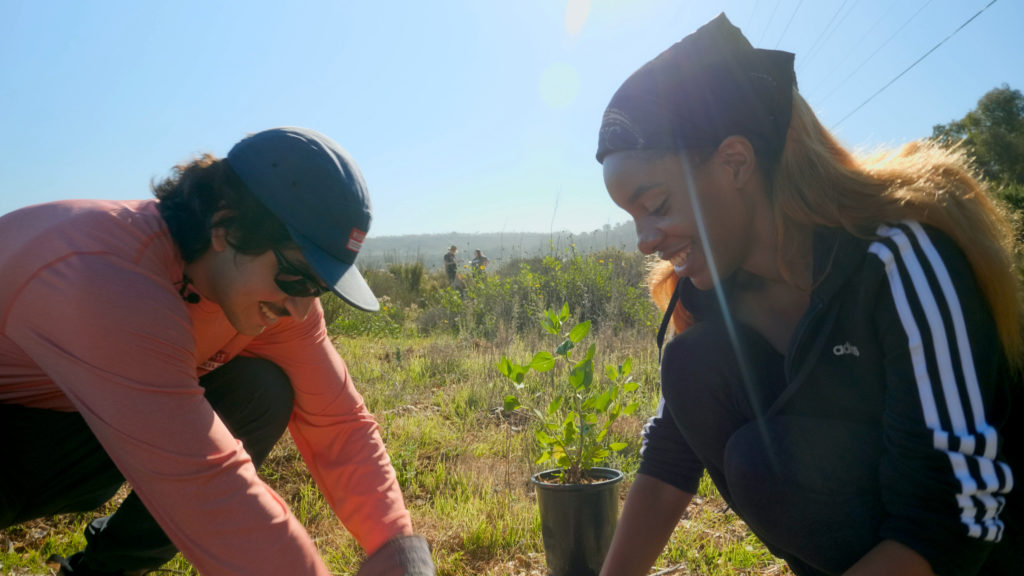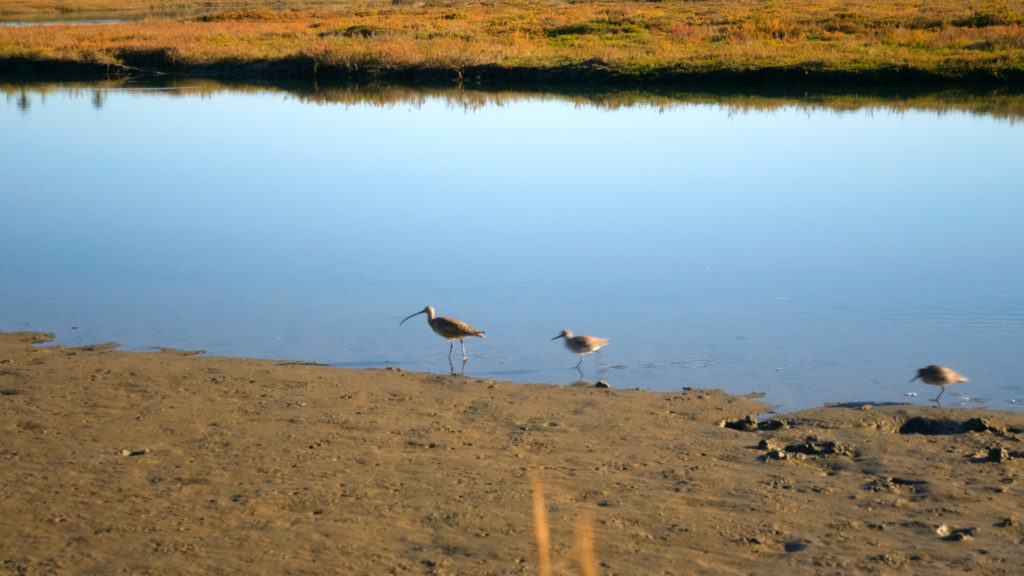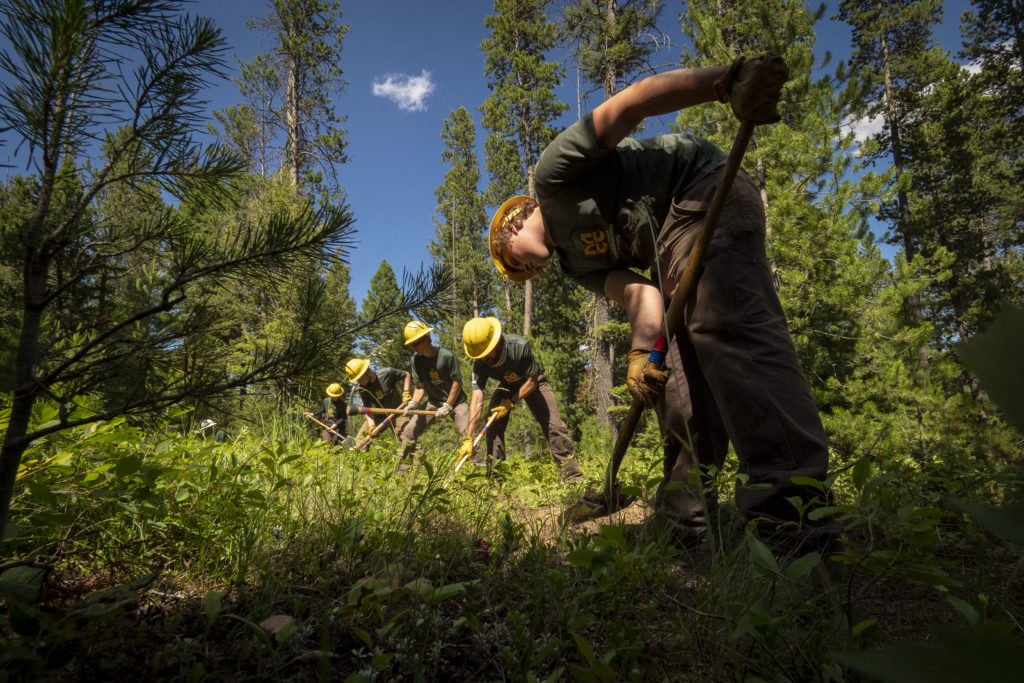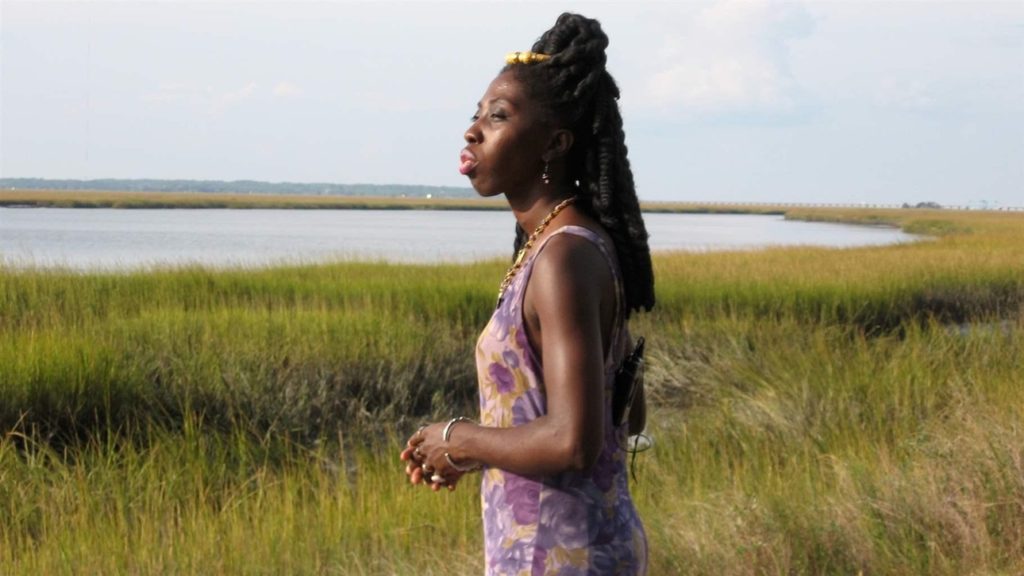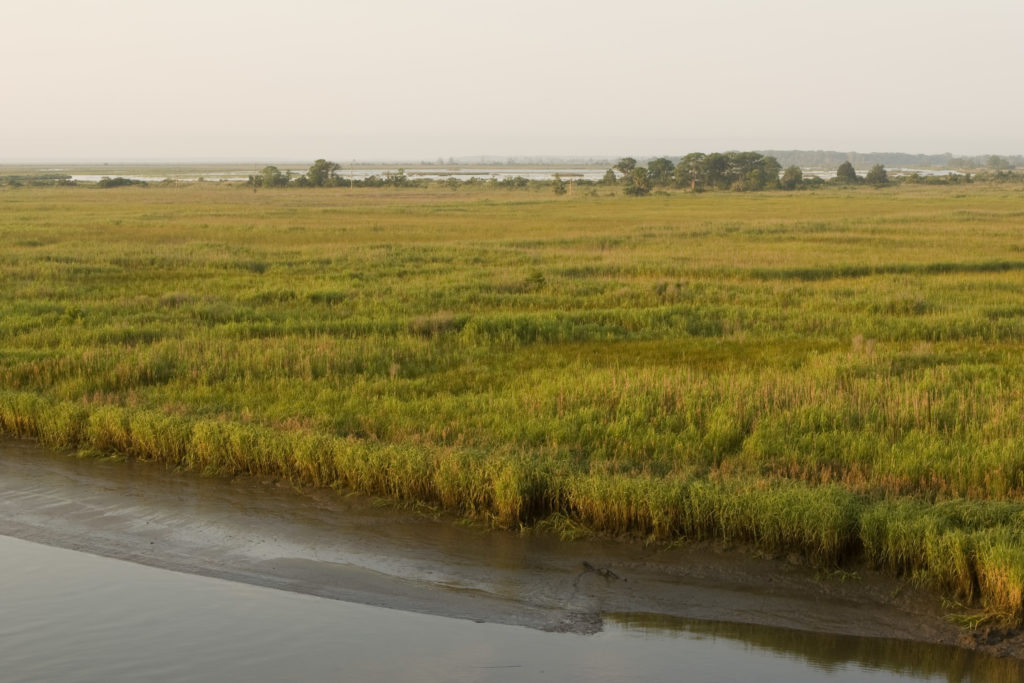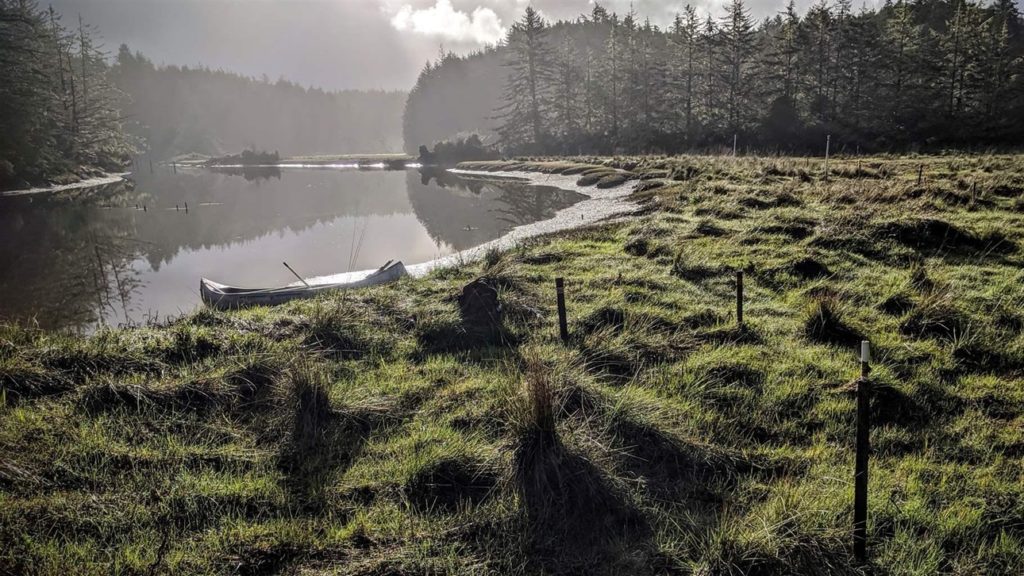
Shoreline Restoration to Protect a Coastal Community
In partnership with City of Bayou La Batre, Alabama Department of Conservation and Natural Resources, Mobile County, and National Fish and Wildlife Foundation, The Nature Conservancy’s Lightning Point Shoreline Restoration Project aimed to create diverse habitats to support a wide range of fish, shellfish, birds, and other wildlife, while protecting this locally important waterfront area of this iconic town for fishing community culture. For a decade prior to the Lightning Point project, The Nature Conservancy completed a number of small-scale restoration projects, monitoring them beyond the time frame required to understand restoration techniques and outcomes. This knowledge and experience was applied to the Lightning Point project, along with a hefty dose of community engagement to understand and embrace the project.
Lightning Point in Bayou La Batre, Alabama has been exposed to coastal storms and hurricanes for more than a century. The 14-month design and engineering phase for the Lightning Point Shoreline Restoration Project began with the site being impacted by Category 1 Hurricane Nate in October 2017 losing more than 30 feet of shoreline and emphasizing the need for restoration.
Project designs completed by Moffatt and Nichol included over 1 mile of overlapping, segmented breakwaters and jetties, 2 miles of tidal creeks, and about 40 acres of habitat: 35 acres intertidal marsh habitats and 5 acres of scrub-shrub, plus 1 acre of recycled oyster shell hash from Alabama Coastal Foundation was added as a layer for diamondback terrapin and shorebird habitat. Overall, a heterogeneous habitat mimicking nearby natural coastal marshes and barrier islands was constructed over 8 months beneficially using more than 303,000 cubic yards of dredged material – enough to fill 25,289 dump trucks – from nearby borrow sites including former upland USACE disposal area decommissioned in the 1980s and now owned by the Forever Wild Land Trust.
Performance and Impact of the Shoreline Restoration Project
Construction by Gulf Equipment Corporation (GEC) began in late fall 2019 and completed in July 2020 just in time for the 2020 hurricane season with 8 significant Gulf of Mexico tropical systems, where 4 systems produced storm surges from 3.3 feet to 7.9 feet, with a maximum of more than 11 feet once the impact of waves is taken into account. The project performed successfully in its first storm season as the new defender of Bayou La Batre with minimal erosion across the new habitats and breakwaters. Now almost four years post construction, the project has buffered Bayou la Batre from five named storms, protecting the shoreline, working waterfront, and minimizing impacts to the community and businesses.

Innovative Hybrid Shoreline Restoration: Blending ‘Gray’ and ‘Green’ Techniques for Shoreline Stability and Biodiversity
The culturally and ecologically significant Lightning Point shoreline was restored with a combination of “gray” and “green” restoration methods. “Gray” articulating concrete mattresses were used along the steep shoreline, helping to stabilize eroding soils as well as the stone breakwaters that act as the first barrier to wave protection before the storm surge hits the green features. The “green” newly created intertidal marshes and higher scrub-shrub areas welcome various resident and migratory shore and wading birds, fish and shellfish, and other wildlife species. Immediate colonization during project construction by oyster catchers, black skimmers, and nesting least terns is a testament to the ecologically sensitive nature of the design and the environmental benefits for the region. In addition, the “green” features across a 600-foot swath helps buffer the wave action and storm surge before it affects the community’s amenities.

Economic Value and Adaptability of the Shoreline Restoration Project
To assess the overall ecosystem and economic values of the Lightning Point Restoration Project, we compared the $22.5 million initial construction investment to the value provided by the newly created tidal marsh and scrub-shrub habitats over the next 25 years. Totaling nearly $67 million, the project produces a triple return on investment, even without accounting for the additional benefits added by enhancing bird habitats and increasing recreational opportunities for visitors. Additionally, the region’s recent exposure to storms and storm surges shows that it can significantly help reduce the impacts of coastal storms on local Gulf communities and sustain their livelihoods.
With a 25-year design life, the breakwaters were constructed using over 56,000 tons of the largest allowable rock – with a diameter of 2-3 feet – which helps to control the project cost. Additionally, as sea levels rise, the project can be adapted to the changing conditions by adding a layer of rock to increase the breakwater height, thus sustaining the initial $22.5 million investment.
The jetties and breakwaters were designed to capture naturally moving sediments from the east, minimizing the need for frequent channel dredging of the Bayou La Batre channel, and protecting access to the working waterfront, home to the busiest seafood processors along the Gulf of Mexico. To guide future adaptive management strategies, a long-term site sustainability plan was developed for the project. This plan highlights the need to add thin layers of dredged from nearby areas across the marsh to add much needed sediment to the system, essentially feeding the marsh from the inside out. This adaptation will help offset climate impacts from sea level rise and subsidence that would otherwise drown the natural and restored marshes.
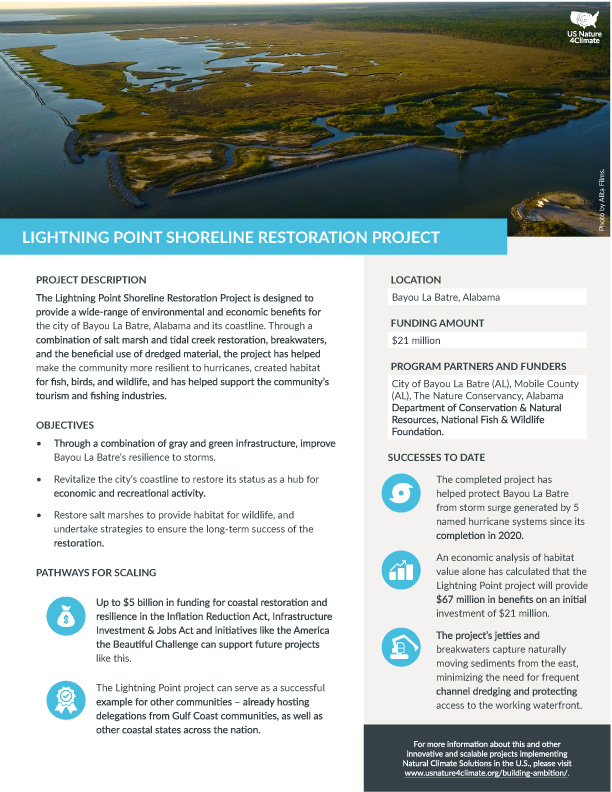
View project fact sheet
(includes pathways for scaling)

Benefits to the Local Community and Economy
Beyond the environmental benefits, project team dynamics was key to the project’s ultimate success. The prime contractor (GEC) and most of its subcontractors are local to the Bayou La Batre region. Their care and passion for the final product was evident throughout the entire construction as they worked with the local construction industry to improve the practice of innovative coastal restoration projects and contributed to the local economy of Bayou La Batre. Significant partnerships across the local, state, federal, NGO and private sectors bloomed with the common goal of advancing the practice for resilient designs of future shoreline restoration projects to benefit the local community and current habitats.
Bayou La Batre’s vibrant, water-dependent community utilizes Lightning Point for fishing, boating, and recreation. The project improved the environmental value of their shoreline areas and provided a renewed draw for eco-tourism and recreational access to the shore. “People go down to Lightning Point all the time, said Mayor Barnes. “Just about any time of the day you ride through there, someone’s either up at the pavilion or down at the fish platform or just sitting there watching the wildlife.” Local entities, including Alabama Power and Partners for Environmental Progress – Mobile, contributed to the community waterfront porch’s improvements by funding trails, pavilions, and benches to be more enjoyable by those living, working and visiting the Bayou La Batre region and beyond.
Unifying Forces: How Community Collaboration Drove Shoreline Restoration Success
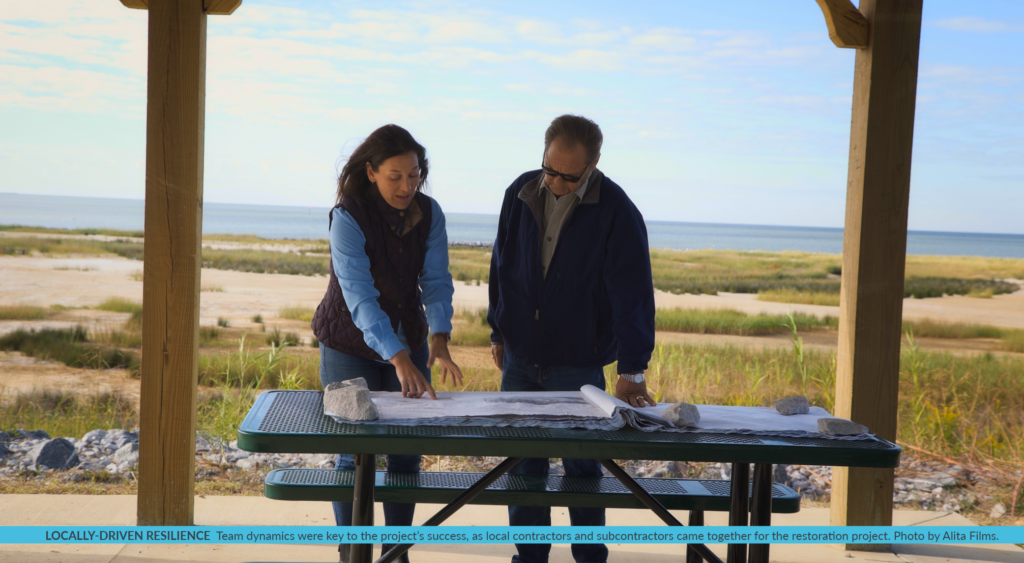
Lightning Point Restoration Project is unique with its partnerships, designs, and connections. Numerous organizations, including local governments, academia, local high school, private corporations, and a wide array of non-profits, were engaged throughout the design and construction process. The project provides a nature-based restoration site accessible for these groups to observe nature-based solutions to climate impacts in action.
The Nature Conservancy engaged with Dauphin Island Sea Lab and Alma Bryant High School to contribute to the project by harvesting on-site seeds from native marsh plants in November 2019 and replanting the propagated plants in 2021. This project supported a master’s student’s research on marine debris components collected from the project site and catalogued to understand the marine debris impact on coastal habitats. It is being used to field test oysters exposed in the lab to predator cues to help strengthen their shells. And utilization of tidal creeks, breakwater edges, and marshes by different life stages of recreationally and commercially important fish using acoustic monitoring is underway. The restoration site serves as a research platform for additive adaptation measures, restoration uses, and long-term management techniques that can be applied to restoration projects throughout the Gulf of Mexico region.

Conclusion: Investing in Resilience with Natural Climate Solutions
Lightning Point has served as a backdrop for elected officials and decision-makers to see how nature-based solutions to climate impacts can help protect communities. Local, regional, national, and international visitors have seen how the project has helped protect and boost the local community in Bayou La Batre, and are looking at ways to implement this type of project for their own backyards.
The Nature Conservancy’s Mary Kate Brown noted the win-win benefit of projects like Lightning Point – “It’s so important to invest funds in nature-based solutions for small coastal communities across the Gulf of Mexico to help address climate change, while saving billions of dollars in the future and protecting livelihoods for the long-term.” With recent legislation enacted through the Infrastructure Investment and Jobs Act, Inflation Reduction Act, and initiatives like the America the Beautiful Challenge, which together include up to $5 billion that can help support coastline restoration, the time is right for implementation of nature-based solutions across a broader landscape. There are multiple opportunities available for investments that use nature to protect and boost communities and businesses, and that if managed effectively can be constructed with an eye to adaptation for climate impacts, like Lightning Point.
Judy Haner is the Marine Programs Director for The Nature Conservancy in Alabama. Learn more about the Lightning Point Shoreline Restoration Project here.
Related Resources

Download project fact sheet
(includes pathways for scaling)
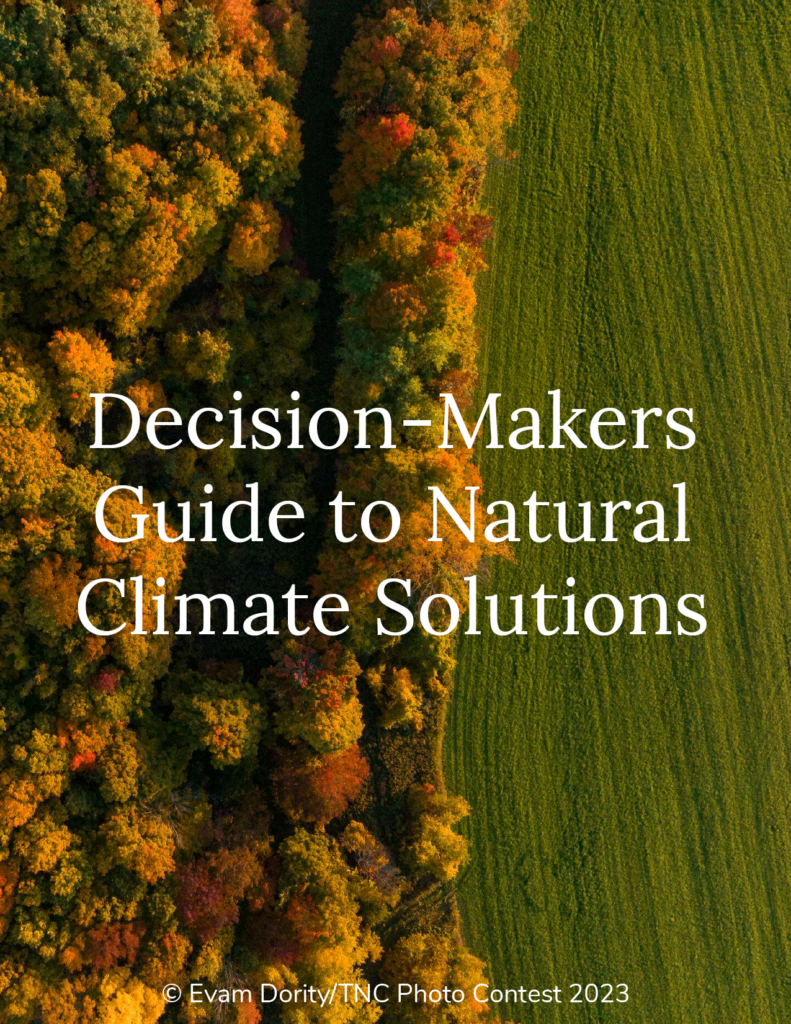
Explore our Decision-Makers Guide to Natural Climate Solutions to better understand the science behind these strategies and get tools to implement them.

